- What is vacuum sealing, and how does it work
- Vacuum sealing as food preservation
- Vacuum sealing: A brief history
- Vacuum sealing
- The benefits of vacuum sealing
- How to vacuum seal food
- The best foods to vacuum seal
- Vacuum sealing containers and bags
- Final thoughts: Is vacuum sealing worth it?
What is vacuum sealing, and how does it work?
Oxygen has a huge role in food deterioration due to oxidation - a reaction where microorganisms thrive, causing off-putting flavors and odors in food.
 What vacuum sealing does is it removes the oxygen surrounding food in any vacuum seal bag or container. It creates an airtight seal and prevents microorganisms such as bacteria and mold from growing.
What vacuum sealing does is it removes the oxygen surrounding food in any vacuum seal bag or container. It creates an airtight seal and prevents microorganisms such as bacteria and mold from growing.
Animal and plant tissues naturally have antioxidants that delay the oxidation process. But when left unattended, these antioxidants degenerate, which results in the discoloration and unpleasant smells of the food.
There are other reactions that can cause food spoilage as well.
Microbes such as bacteria, yeast, and molds that are present in nature are among the culprits.
Natural chemical changes in light and oxygen exposure cause spoilage too. High temperatures speed up enzyme creation while extremely cold temperatures cause accidental freezing and thawing, creating cracks in the food.
Plants undergo discoloration and loss of nutrients through photodegradation while raw products end up spoiled due to improper packaging.
So how does vacuum-sealing food avoid, or at least prevent, spoilage?
Removing air in vacuum seal storage bags and containers slows down all the mentioned processes.
Oxidation is prevented because of the lack of space inside the container. Reactions such as lipid oxidation, browning, discoloration, and nutrient loss are delayed. The growth of aerobic microorganisms, particularly mold, is stopped.
You get all these benefits by simply vacuum-sealing your food, ultimately extending its shelf life!
So how do you use vacuum sealing as a method of preserving food?
Let's find out...
Vacuum sealing as food preservation
Vacuum sealing is a great way to prolong food freshness and extend its expiry date.
Unlike other ways of preserving food, a vacuum sealer sucks the air out, deprives bacteria of oxygen, and seals the food in an airtight atmosphere.
It also preserves food without the need for other ingredients.
Vacuum sealing is able to preserve the food's natural taste and texture. Vacuum sealing doesn’t dry up meat fibers unlike in dehydration. It doesn’t change the food's natural taste as salting and sugaring do!
Vacuum-sealed food also keeps its delicate flavors and natural oils. For example, omega 3-rich food like salmon and other fish maintains its natural moisture when vacuum sealed compared to other methods like canning or brining.
But how did vacuum sealing come to be?
Let's take a quick look at how it all began.
Vacuum sealing: A brief history
Did you know that vacuum-sealed food was already experimented on even in the 19th century?
Nicolas Appert, a French chef, confectioner, and distiller, started developing food preservation techniques using hermetically sealed containers in 1795.
What started as a pursuit of ways to conserve food for transport became a 14-year experiment! Using cork-sealed glass containers with wires and sealing wax, Appert started preserving food items by boiling them in water at varied times.
The experiment produced new ways of preserving foods such as fruits, soups, marmalades, and syrups.
His findings led him to publish a book called "The Art of Preserving All Kinds of Animal and Vegetable Substances for Several Years". The experiment also led him to open the first commercial cannery and invention of the bouillon cube.
Eventually, the military explored the idea of time-insensitive food in the 1940s and 1950s.
Their goal was to create food that adapted to the rigid needs of military combat but it was Dr. Karl Busch that transformed the food vacuum sealer as we know it today.
In 1963, Dr. Busch introduced the first industrial-sized vacuum sealer machines. These machines became the standard that made vacuum-sealed food safer for general consumption. It also made vacuum sealers more user-friendly.
Now that you know how it started, let's jump back to the present and check out what good vacuum sealing brings!
The benefits of vacuum sealing
There are many benefits to vacuum sealing, and it goes beyond food preservation.
Here are some of the top reasons it can be beneficial for you.
Time saver
Food preparation is tedious and time-consuming. Ask any homemaker, and they will agree.
With vacuum sealing, it's much easier to decide on what meals to prepare. It also lets you plan out the amount of food that you need.
Vacuum sealer bags and rolls come in different sizes and this comes in handy whether you’re preparing meals for yourself or a family of ten.
You can use smaller-sized bags to pack fruit snacks for the kids. If you’re preparing daily meals, go for larger bags for one-pot meals or stir-fries.
Are you trying to eat healthier?
Portion control your food and split your meals into smaller packs.
In the food industry, vacuum-sealing food is also beneficial. When you seal food in vacuum-sealing bags, marinating meats and other foods takes a shorter time, keeping foods moist without sacrificing taste and shelf-life.
The lower pressure inside the bag causes liquids to permeate the meat much faster than overnight marinades. This makes preparing tasty meals easier and faster!
Cost-efficient
The average American household spends about 12% of its earnings on food and a huge chunk of this is spent on dining out or ordering takeout, which sums up to a whopping $3000 a year.
While there's nothing wrong with dining out, it can be pretty expensive in the long run.
Forbes.com analyzed food costs and found that ordering delivery from restaurants can be five times more expensive than cooking at home.
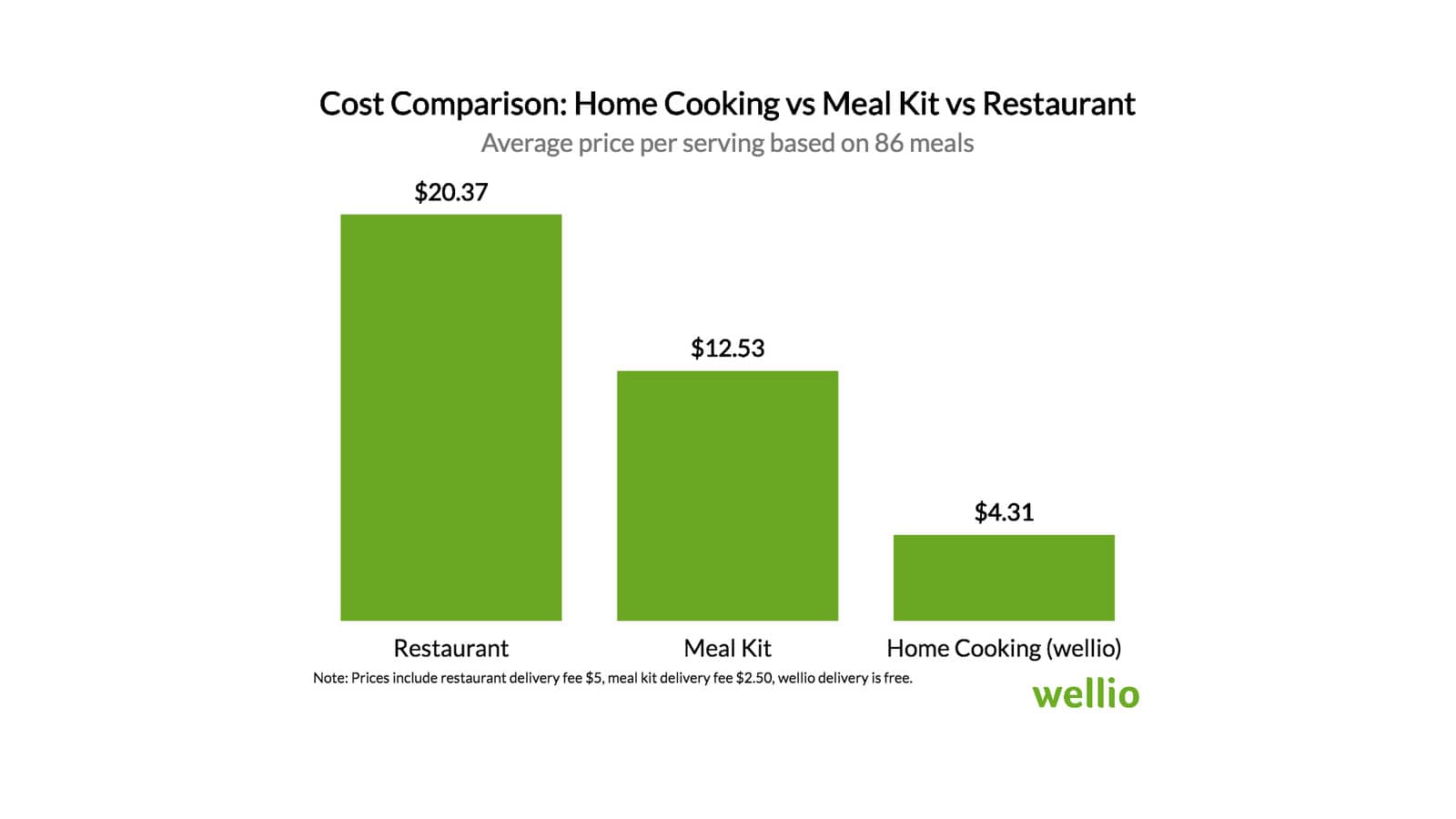 Meal kits on the other hand are three times more expensive than making food from scratch.
Meal kits on the other hand are three times more expensive than making food from scratch.
So is it more cost-efficient to prepare and cook your own meals at home?
The quick answer is yes if it's done right.
Buying food in bulk and dividing it into vacuum sealer bags ensures you make the right amount for the family.
It's much healthier since you control the amount and quality of food you use!
Hygiene-wise, it's also cleaner to prep food in your kitchen. With available recipes and techniques online, it's easier to make delicious meals that everyone in the family can enjoy.
Food security
On average, 30-40% of food in households is wasted every year. These include fresh fruits and vegetables, dairy products, meat, poultry, and fish. With the pandemic hitting us hard, it taught us a valuable lesson regarding food management.
Food insecurity is defined as having difficulty meeting basic food needs in a year.
According to the USDA, food insecurity rose to 15% in 2020, and households with children were more vulnerable.
Being on lockdown changed how people approached food.
Home gardening started blooming globally, especially at the height of coronavirus lockdowns.
Seed demands started rising.
Communities came together to pool resources and share crops.
With the help of vacuum-sealing, food lasted longer. Vacuum-packed food made it much easier to share within communities.
It minimized food waste and increased food security for families.
So whether you're stocking up on extra food or sending care packages to friends and family, vacuum sealing can help you keep your items fresh and intact while in transit.
Sealed barrier against the elements
Vacuum sealers are great tools to have for emergency preparedness.
With a good vacuum sealer, you can store powdery food like flour and sugar. You can also store dry food like nuts, herbs, and spices in bulk.
You can protect valuables like fine silver or metallic items like ammunition from corrosion and moisture.
Important documents can also be sealed and made waterproof with the right vacuum bag storage.
If you want to take it further, vacuum sealing and vacuum sealers come in handy for disaster supply kits. You can create personalized kits containing items handy for each person.
Pack emergency blankets, clothes, medicine, and food packets, and make them compact!
Reading all those benefits, now you might be wondering... How do I do it?
On to the next section...
How to vacuum seal food
Vacuum sealing is user-friendly and easy to do.
To get started, you only need a few items: a vacuum sealer, vacuum seal bags or rolls, pens and labels, and the item you want to pack. The technique varies on what type of item you want to seal.
Today, we're focusing on food items for the process.
1.) The first step is to ensure that the area you're using is clean and dry. This will ensure that fewer contaminants make contact with your items.
2.) Get the right-sized vacuum seal bag or roll that has enough space to hold the food. The vacuum bags you choose should also have room near the top to allow sealing.
The vacuum seal won't work if the bag is too small and bags that are too large is wasteful.
To do this, measure the food you want to seal. Add the width and height of the food for the bag width, then add the length and height of the food for the bag length.
3.) Fold about 1.5 to two inches at the top of the bag to keep the seal area dry.
If you're vacuum sealing food like meat and fish, it helps to consider portion sizes and cut them into manageable pieces before sealing.
For liquids, it helps to freeze them first.
If you're sealing foods with sharp edges like pasta, wrapping them in paper towels adds a layer of protection.
Leave at least three to four inches at the top of the bag to ensure a good seal. This also avoids you from wasting vacuum seal storage bags.
4.) Put the open end of the bag into the sealing machine, then press the start or seal button to begin vacuum sealing.
Congratulations, you've now vacuum-sealed your very first food item!
(Are you having trouble with vacuum sealing your bags? Check out our vacuum sealing tips here.)
The best foods to vacuum seal
Vacuum sealing can be an exciting task, especially if you're just starting.
Whether you're experimenting with food preservation, learning to cook sous vide style, or just want to prepare frozen foods, then this is for you.
Here are some of the best foods you want to vacuum seal to make your food last longer.
- Avocados
- Baby food
- Powdered/formula milk
- Bread
- Oatmeal
- Shredded hard cheese
- Chocolate
- Coffee beans
- Cold cuts, sausages, deli meat
- Rubs and dry mixes
- Fish fillets
- Seasonal fruits
- Seasonal vegetables
- Homemade breading
- Croutons
- Herbs
- Nuts
- Marinades
- Meat jerky
- Snackables
- Pancake mixes
- Dried pasta
- Salad mixes
- Seeds
- Cannabis
- One-pot meals
- Soups and stews
The list goes on…
Now, a word of caution: while it seems like everything and anything can be vacuum sealed, there are some items you should avoid sealing.
For example, raw mushrooms may decay faster if vacuum-sealed because of their ripening process so it would be a good idea to dehydrate or cook them first before you do.
Fresh bananas, raw onions, and garlic are also not advisable to seal for the same reason.
Soft cheeses like bleu cheese, brie, and ricotta are not recommended for sealing. Since they're not pasteurized, vacuum sealing them may speed up mold production.
Vegetables like cauliflower and broccoli must be blanched and dried properly before sealing. Once you're done, it will be good to keep them as frozen food.
Vacuum sealing containers and bags
Not all plastic bags are created equal - and the same goes for vacuum seal storage bags.
Ideally, you'd want thick plastic bags that keep food safe. This will ensure that food will avoid freezer burn and will keep its texture.
You'd also want tough bags that can withstand heat and temperature changes.
Sometimes you can’t avoid packing food with sharp edges like bone-in meats or dried pasta, and this might cause punctures in the vacuum bags.
It’s best to double-pack food with sharp edges.
You can also use a folded piece of wax paper or paper towel to cover the sharp edge.
Vacuum sealing bags for food should be BPA-free. It should also be able to weather through wear and tear, even if you boil, microwave, or freeze them.
Some vacuum-sealing containers and bags can get expensive.
If you're not careful, you might be spending more instead of saving money with the right bags.
So once you start looking for high-quality yet economical vacuum sealing bags and rolls, then OutOfAir Bags are for you.
Final thoughts: Is vacuum sealing worth it?
If you're still on the fence about vacuum sealing, hopefully, we've given you a few good reasons to give it a try.
It really can save you time, money, and energy, making your life a little easier.
Ready to get started?
 Vacuum Sealer Bags & Rolls for Food Savers (Free Shipping)
Vacuum Sealer Bags & Rolls for Food Savers (Free Shipping)
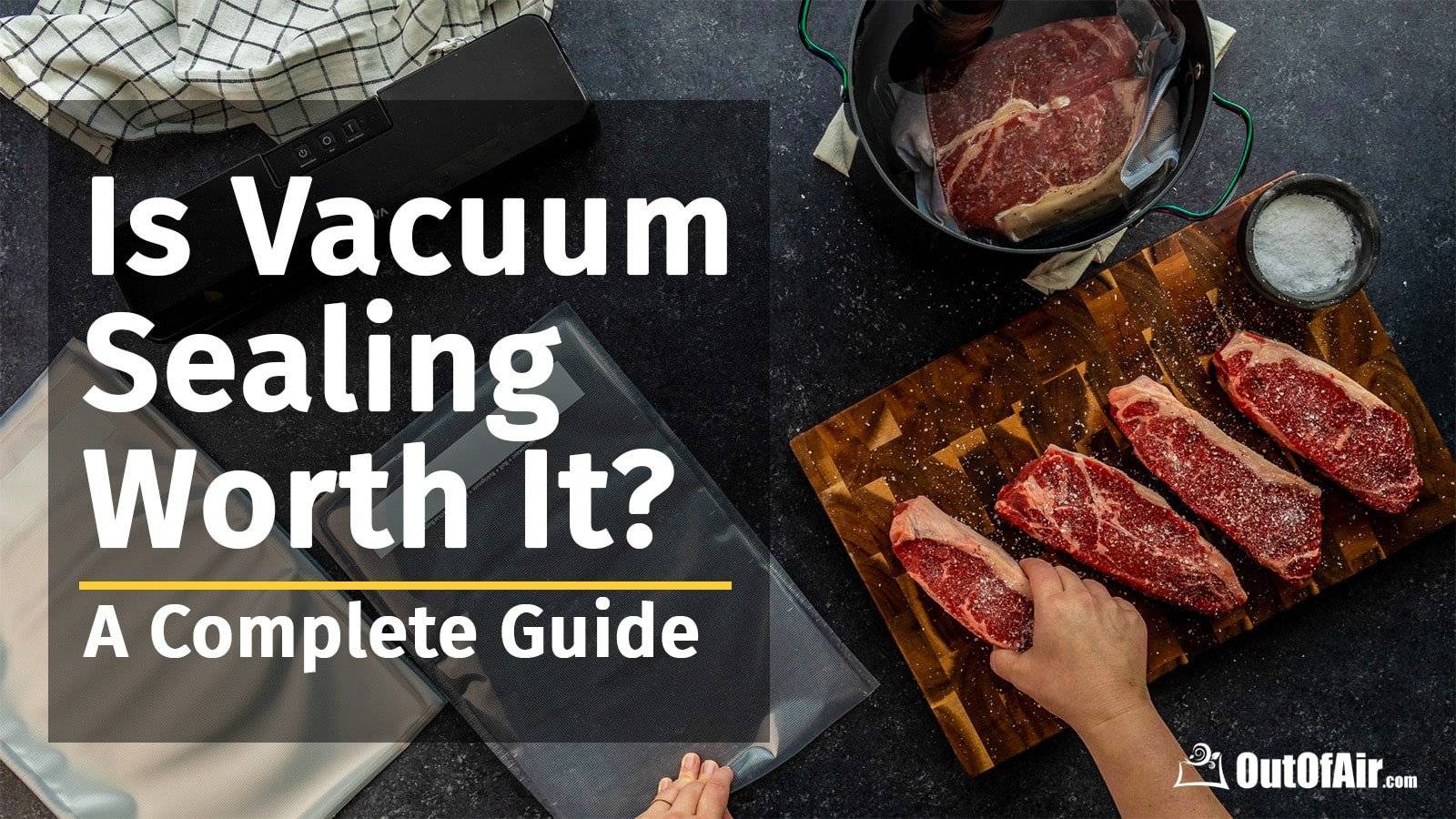
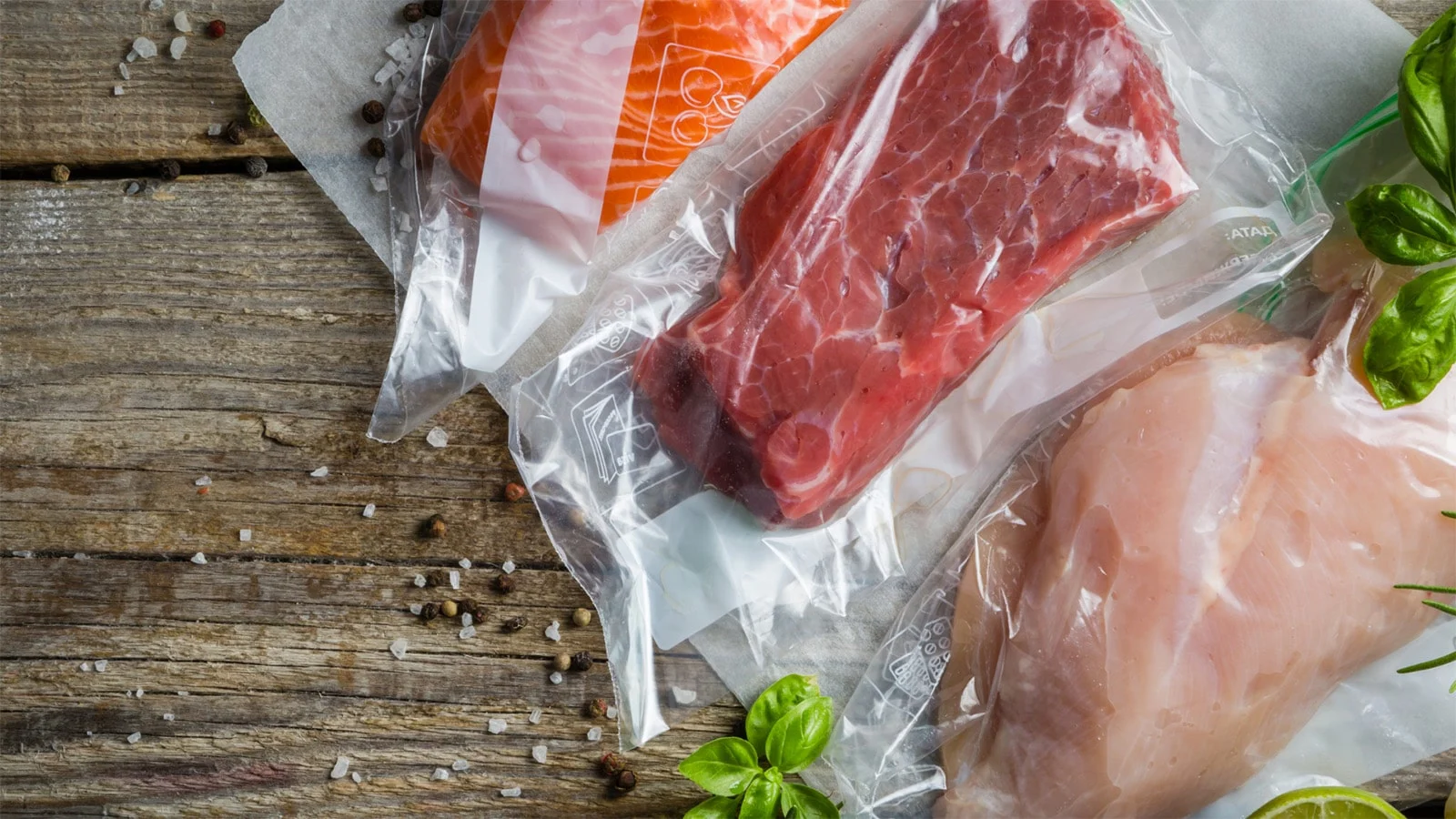

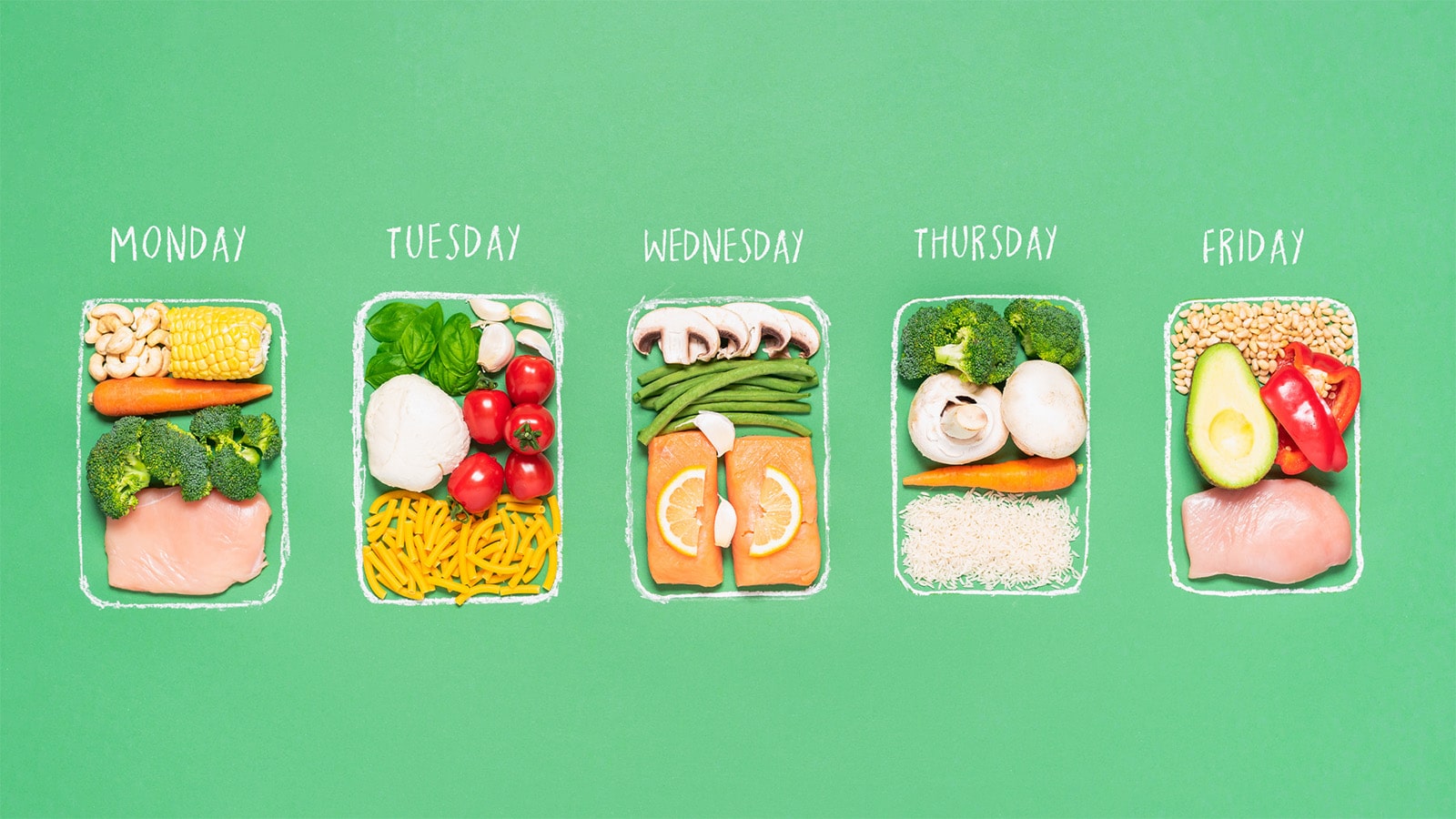
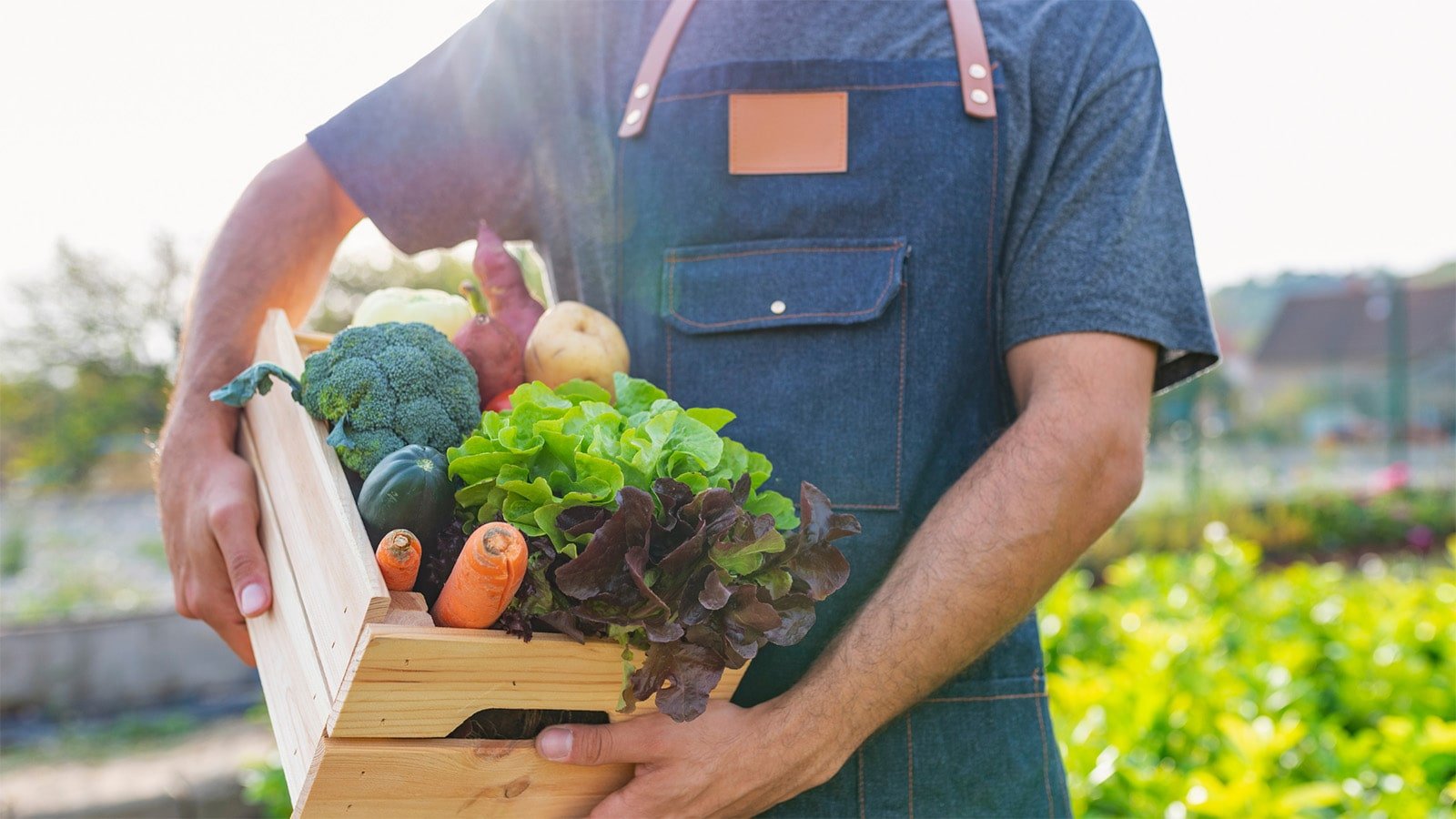
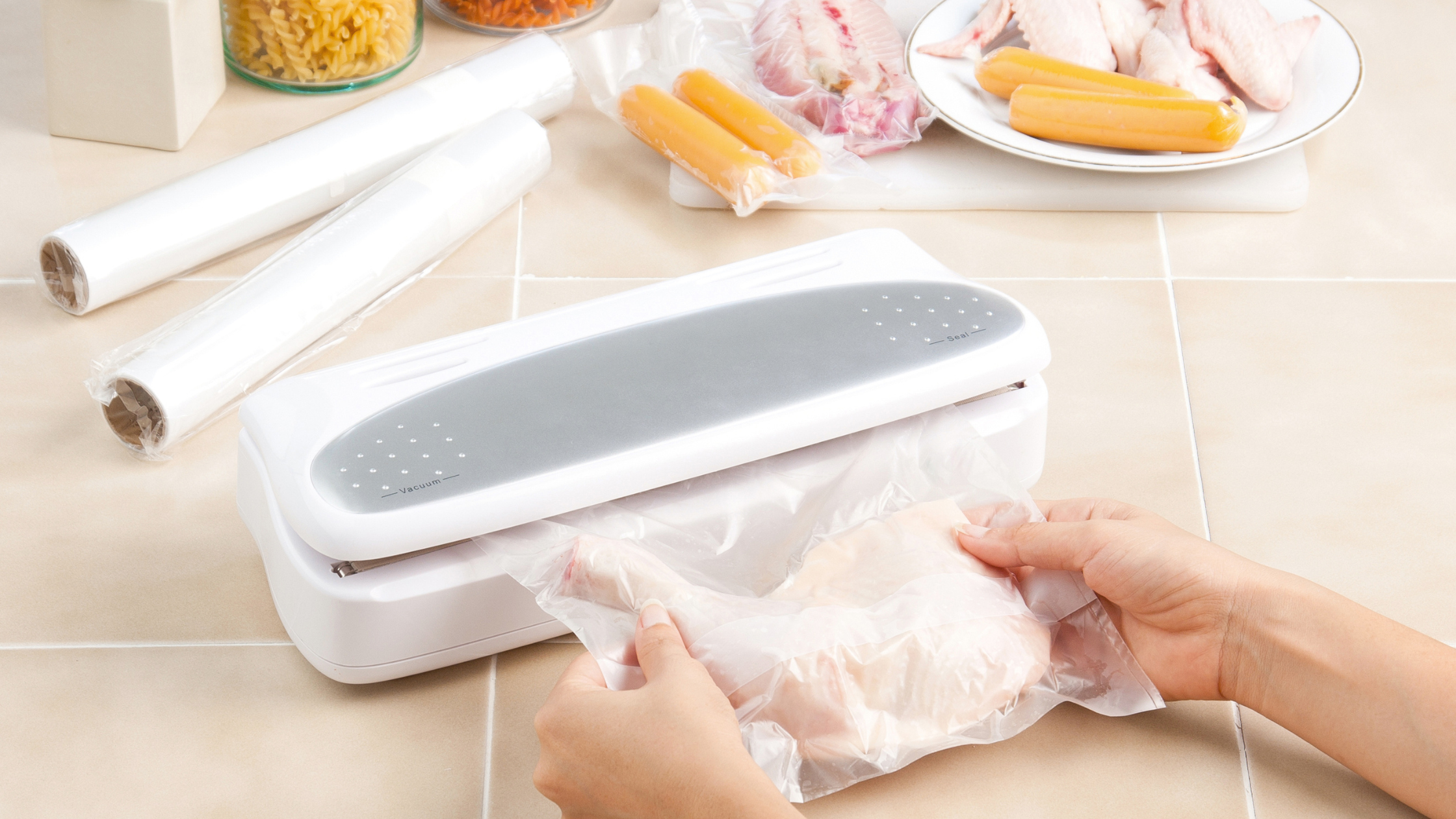
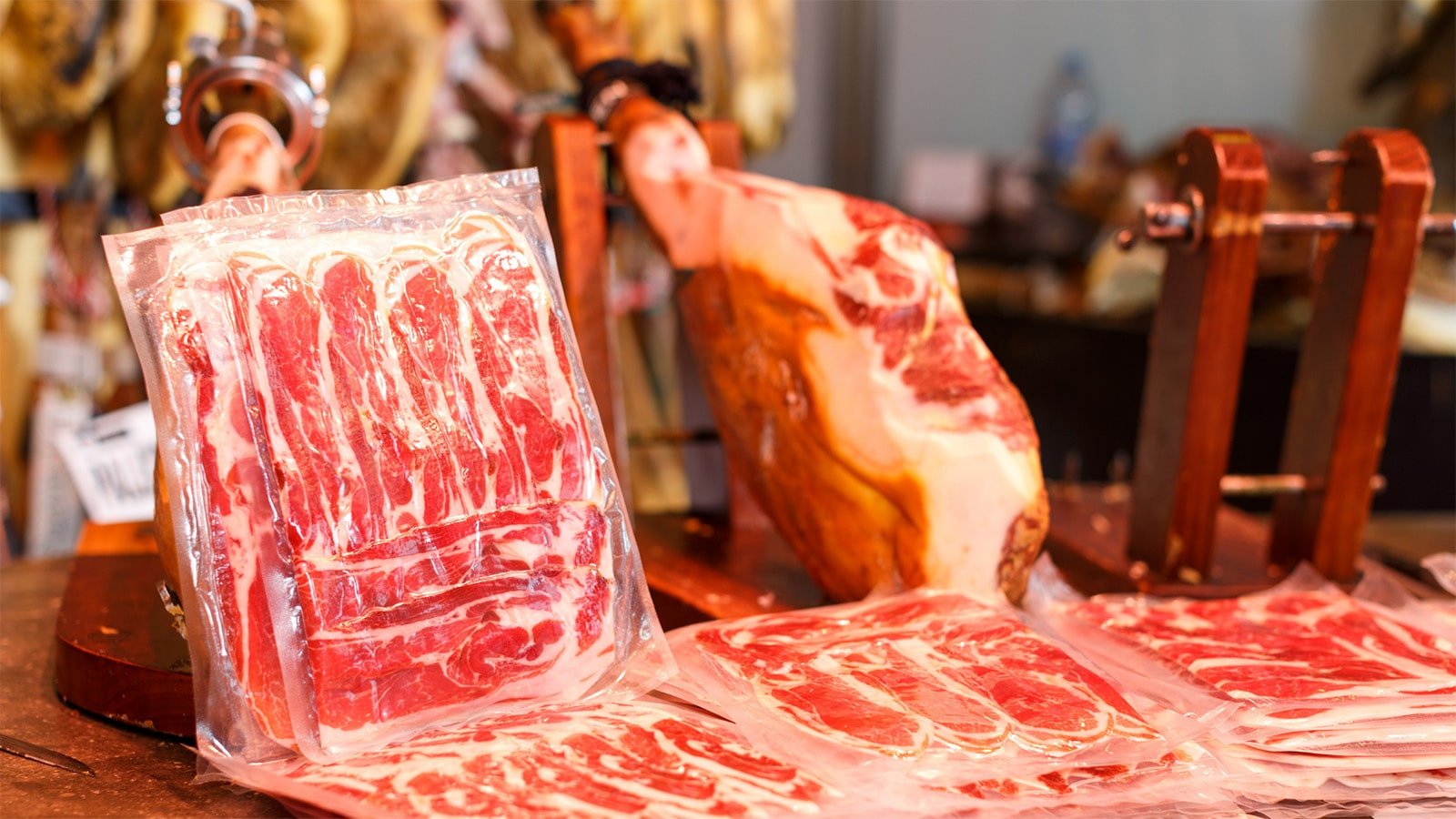
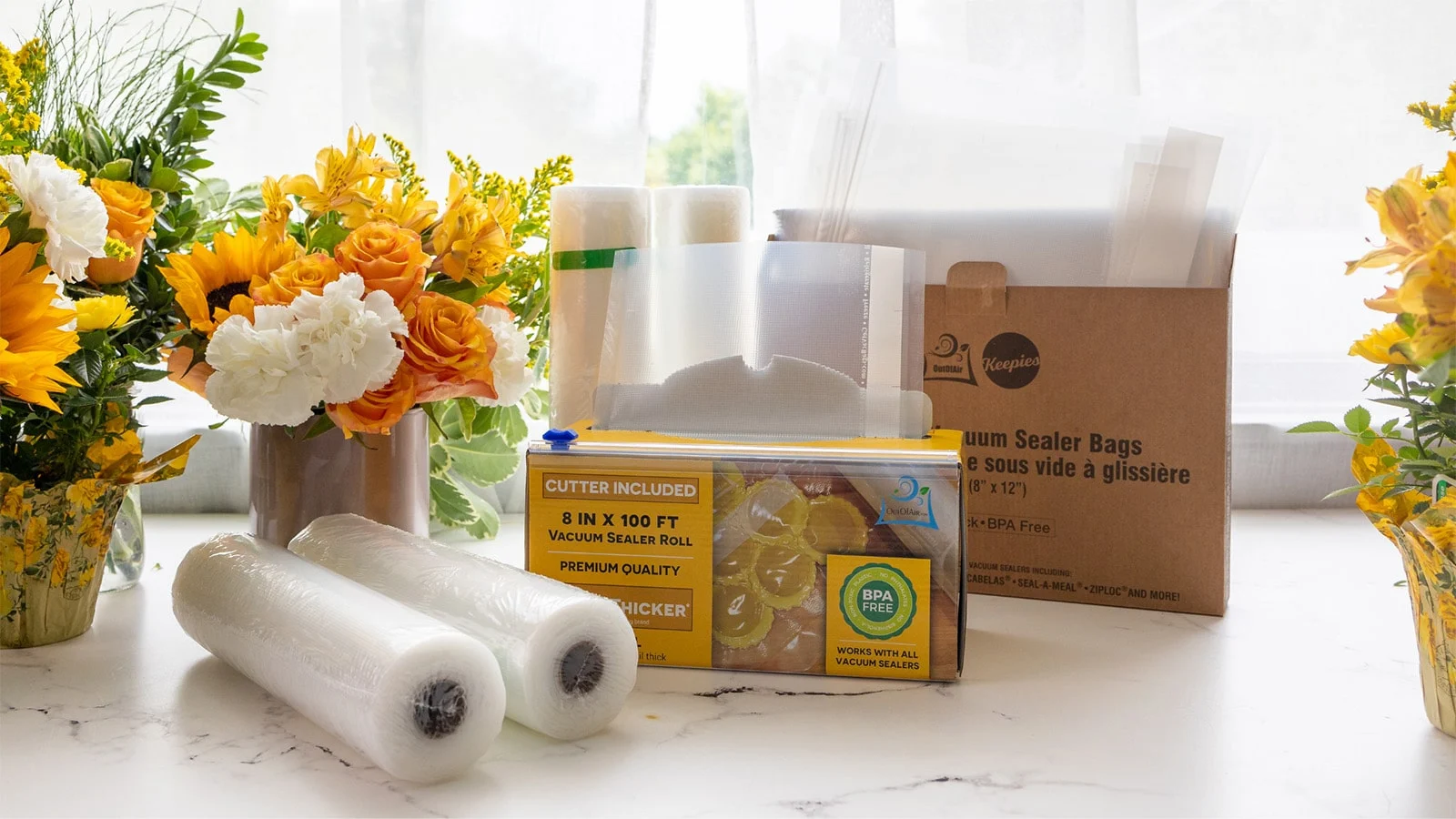


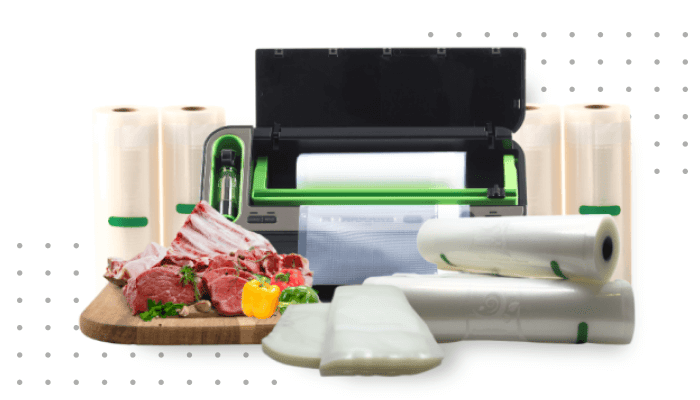
Share this article: